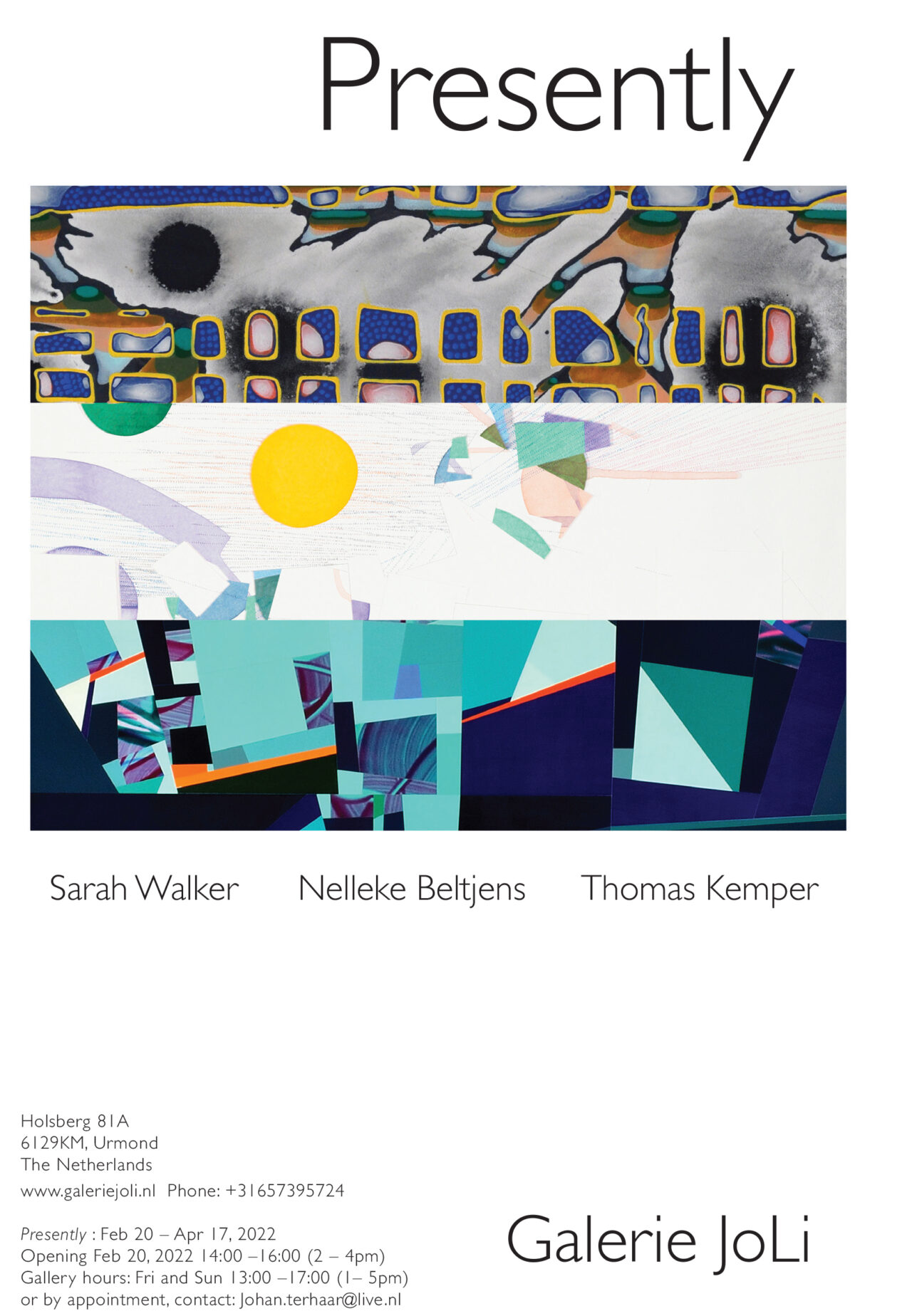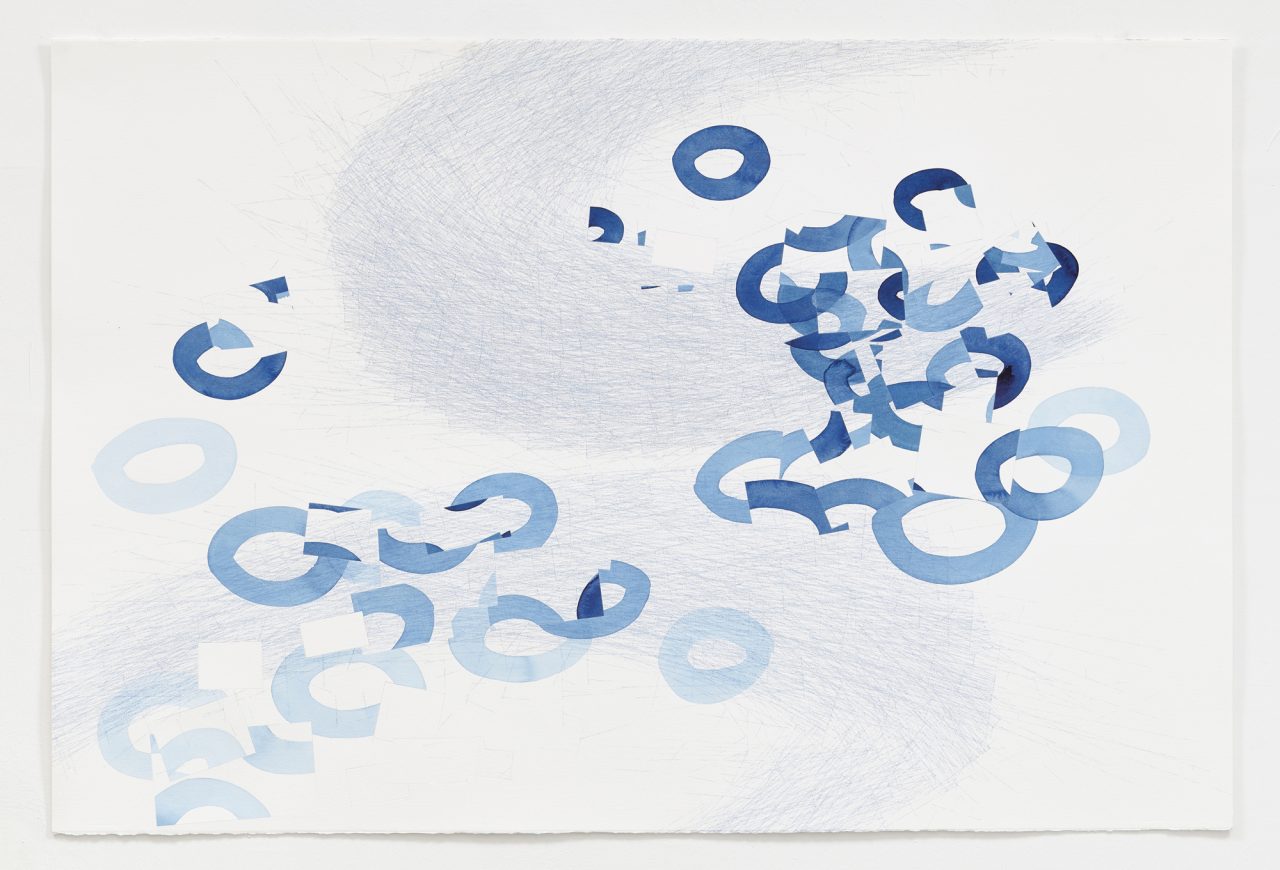CONTINUALLY DISCONTINUOUS text by Steven Baris (blog post by Steven Baris)
Continually Discontinuous July 13, 2022 The Artworks of Nelleke Beltjens, Lisa Corinne Davis, and Emma Langridge Just can’t stop obsessing about flow (or more technically, “flow state”). I’m clearly not alone as it has garnered considerable attention since it was conceived in the mid 70s by positive psychologist Mihály Csíkszentmihály. He coined the term to […]

